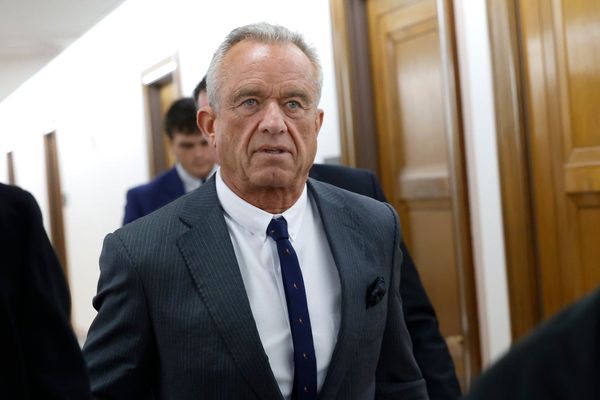Crude oil prices rose for the first weekly increase on Friday, while gasoline prices also mirrored its move upwards.
The possibility that OPEC+ could agree to lower production levels when it meets on Oct. 5 buoyed prices for both Brent, the international benchmark, and WTI, the U.S. benchmark.
Gasoline Prices Rising
Gasoline prices rose slightly this week as some refiners are plagued with various issues.
Gasoline prices increased by an average of 6 cents from a week ago to $3.73 a gallon, said Patrick De Haan, head of petroleum analysis, GasBuddy, a Boston-based provider of retail fuel pricing information and data.
Prices spiked even higher in California where prices shot up by 50 cents to 75 cents a gallon compared to last week.
"We’ll continue to see the average slowly rise but relief may be coming in a few weeks," he said. "I don’t know that I’ve ever seen a wider gamut of price behaviors coast to coast in my career."
Hurricane Ian's massive destruction has caused outages at gasoline stations as power remains out for 2 million residents. Lineworkers face flooding, high winds, and downed trees and power lines as they make repairs.
Florida Power & Light, which is owned by NextEra Energy (NEE), said it has been able to restore electricity to over 800,000 customers impacted by the storm, but "anticipates some customers will face prolonged outages because portions of the electric system in Southwest Florida will need to be rebuilt rather than repaired."
The utility company said damaged areas were assessed by using drone technology. FP&L planned to use its fixed-wing drone to determine the extent of the damage on the west coast of Florida.
The number of gasoline station outages in Florida rose to 15% of stations overnight, while only 0.4% stations in South Carolina were out. The most outages were in the Fort Myers/Naples areas, surpassing Tampa for outages, De Haan said.
Refinery disruptions, including fires and routine maintenance, occurred during a short period of time, pushing wholesale gas prices higher and are "contributing to wild fluctuations as areas of the West Coast, Pacific Northwest, Great Lakes, and Plains have seen significant refinery issues leading to supply challenges, causing prices to spike even as oil prices have dropped," DeHaan said.
Gasoline prices along the West Coast and among the Great Lakes and Plains states could experience spikes of another 25 cents to 75 cents per gallon or more until the refinery issues are completed.
Prices have risen by $2.50 a gallon in San Francisco, $1.90 in the Pacific Northwest with smaller gains of 70 cents a gallon in Chicago, followed by a 35 cents a gallon increase in the Plains area. Prices in New York and the Gulf coast areas are flat.
Normal activity is occurring at northeast and Gulf Coast refineries, resulting in falling or flat gasoline prices.
"The disconnect between regions grows larger and will likely remain abnormal for the next few weeks until refinery issues get under control and rectified," he said.
Bullish Outlook on Oil Prices
The U.S. dollar declined from its 20-year highs earlier in the week, which could be a positive move for crude oil since its contracts are based on the greenback. A stronger dollar poses more costs for buyers who own other currencies and typically lowers demand for oil.
Demand for oil will remain constrained as China will continue its zero-covid policies through next summer, wrote Damien Courvalin, a managing director and head of energy research and senior commodity strategist at Goldman Sachs.
Supply from Russia will decline toward the end of the year when the EU embargo starts along with the end of the globally-coordinated SPR release.
"Based on these updated views, we still expect a seasonally adjusted global oil market deficit in 4Q22 and in 2023, taking account of builds required for demand growth and for the redirection of Russian oil," he wrote. "While it is hard to argue being bullish on oil in the face of a historically large USD rally and on the cusp of a potential global recession, we estimate that the oil market has already priced in a significant slowdown in economic growth."
While the amount of demand will be weaker, Goldman remains bullish on crude oil prices even though its 2023 forecast was lowered by $17.5 a barrel on average.
"At our updated assumptions, it would take an economic hard-landing to justify sustained lower prices," Courvalin said. "While we acknowledge that the short-term path to prices is likely to remain volatile, with the USD in the (opposite) driving seat, we find our conviction in the long-term bullish view only reinforced by the ongoing global supply disappointments."







